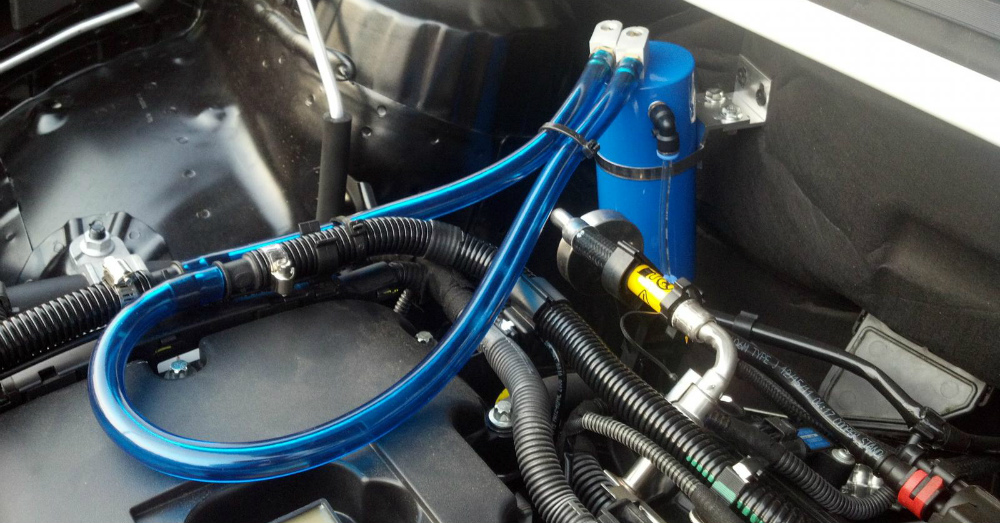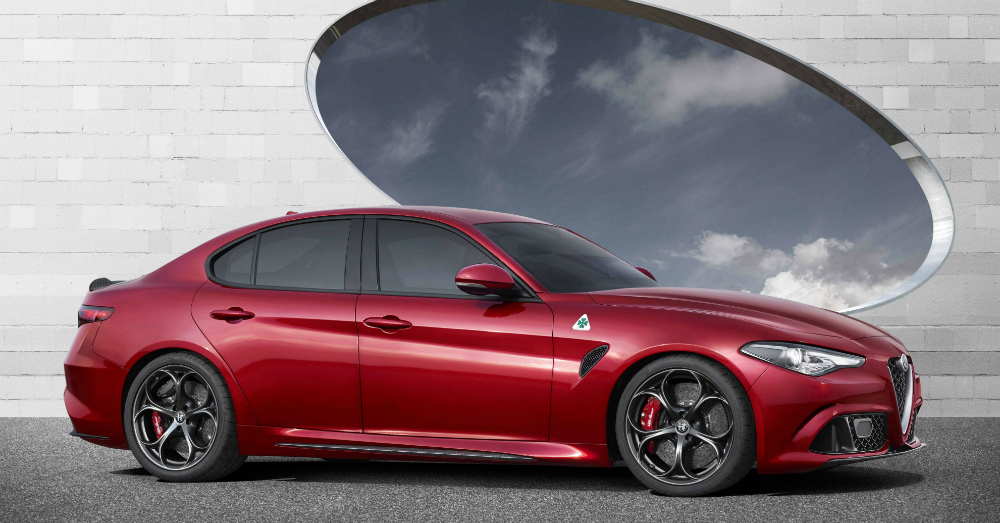
Why Doesn’t Your Car Have an Oil Catch Can?
If you’ve spent any time around a tuner garage or modifying your own vehicle you’ve probably seen or installed an oil catch can on the vehicle. If so many experts of tuning and upgrading vehicles use these items on their vehicles why don’t they come as standard parts from the factory for each and every vehicle we drive? It seems like this item would be necessary for every vehicle on the road, but for some reason manufactures don’t make cars with oil catch cans installed and if you want one you have to see a tuner or order one online.
What does an oil catch can actually do?
To understand what an oil catch can is for you first have to understand your engine. There is an intake side and an exhaust side to your engine with the pistons and cranks moving within the block and crankcase. At times the mixture of air, gasoline and oil can move around the piston and work its way into the crank case which can cause pressure to build up. Once combustion has taken place the mixture of oil and air that is expelled is done so via the Positive Crankcase Ventilation Valve (PCV) valve, which is used to prevent the pressure buildup in the crankcase that could be damaging.
On most of our engines this mixture is then rerouted to the intake and sent back into the engine which can cause the gunky buildup and carbon deposits on the various moving parts inside the engine block. Over time this build up needs to be removed and cleaned out which can be a costly but necessary maintenance item as an alternative to replacing an entire engine.
Using an oil catch can helps to eliminate the buildup that could occur and keeps your engine cleaner during the process of combustion and blowby. The oil and air mixture that’s expelled out of the engine is routed into the oil catch can instead of being pushed back into the intake. Inside a properly built oil catch can the filters remove the oil and other debris from the air and only allow air back into the intake area to be put back into the engine cleaner than before. Some of these oil catch cans are built with only a pair of tubes and no filters, making it extremely important that you choose one with filters built in so that you can have an oil catch can that operates properly.
Why don’t manufactures install oil catch cans in their vehicles?
Probably the most important reason for not installing these items into vehicles is the added expense of having one more item under the hood of a car, SUV or truck. Have you looked inside your engine area lately? There isn’t much room for more stuff to be placed in there and it would have to be an item that we can get to easily, which brings us to the second reason these items aren’t used.
The second reason is that most of us don’t want another necessary maintenance task to take care of. With an oil catch can you have to empty out the oil and debris periodically, which gives us another thing to do just to maintain our vehicles. It’s hard enough for most of us to think about the need to put oil in the engine and have it changed we certainly don’t need to worry about emptying a can of used oil that we would have to dispose of just to have a cleaner running engine, which most drivers would never notice on the road.
As you can see adding an oil catch can to your system is actually a great idea if you don’t mind emptying it on a regular basis or changing out the can when the filters are too dirty to work any longer. Because most of us don’t want this added task to our daily driving we don’t add this item but for those who work around vehicles every day and tune them up for optimal performance this item can make a huge difference to them on the track or out on the trails. Learn more about oil catch cans by watching this video.
This post may contain affiliate links. Meaning a commission is given should you decide to make a purchase through these links, at no cost to you. All products shown are researched and tested to give an accurate review for you.



